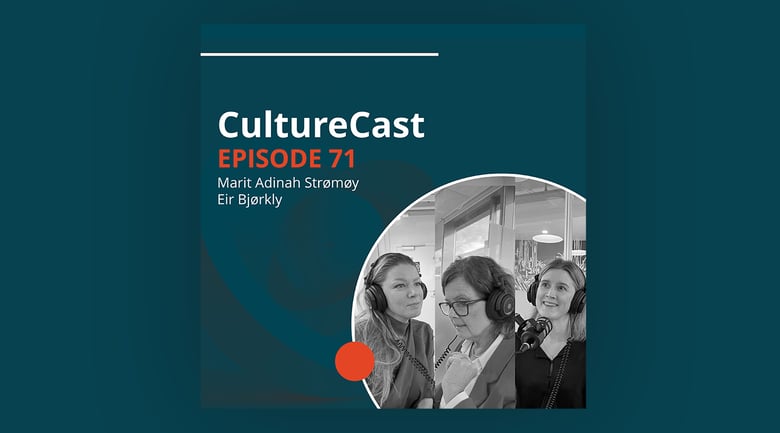Late historians Will and Ariel Durant spent four decades of their lives studying, compiling, and writing the history of Western civilization. The product of their efforts, The Complete Story of Civilization, went on to span several million words across more than 8,800 pages divided into 11 books.
After finishing the last one, they took on an arguably more daunting task: to summarize all they had learned into 100 pages in The Lessons of History. It’s an incomplete and generalizing attempt, no doubt, but it is also one of the most densely packed sources of modern wisdom available to us.
There are many trends and patterns to be found in the past, and the Durants do a commendable job of highlighting them. The essence of their view, however, can be summarized by the following sentence from their short book:
The only real revolution is in the enlightenment of the mind and the improvement of character, the only real emancipation is individual, and the only real revolutionists are philosophers and saints.
The Durants believed that despite all that has and continues to change in our external environment, the real battle is still internal. Real change doesn’t happen until we face our minds and our thoughts.
There is a fair degree of nuance that needs to be accounted for with a statement like that, and it ties into larger questions of what progress is and how subjects relate to objects, but the fact that our thoughts — and their ability to change our minds — play a pivotal role in our experience of reality is self-evident in ways that are common sense. How we think affects everything from our ability to solve problems to how we understand meaning, value, and purpose. The Durants made it their life’s work to improve this ability in the average person by disseminating information — mostly history and philosophy.
But information alone doesn’t make our thinking better. We also have to understand and update the way our minds process this information.
Our minds get stuck in habit loops
Based on popular psychology literature, some thinkers have codified the way we form habits into a simple loop: a trigger, a routine, and a reward. We see something in our environment that sets off the trigger; the trigger leads to a routine we’ve internalized based on our past interactions in such an environment; finally, a reward at the end reinforces said routine.
If you observe this in your daily life, you’ll see that it’s roughly right. Our brain is a pattern-seeking survival machine, and habits are how it ensures that we don’t have to think too hard about what to do when familiar situations arise, letting us conserve energy.
With time, we start to recognize patterns around us, and we internalize these patterns so that we can reuse them in the future.
When it comes to the human mind, there are still no concrete theories of how thought emerges. We know, however, that thought plays a pivotal role in facilitating how we interact with the information that the Durants, for example, were trying to impart on us.
In the same way that we form habits of action relating to our environment, we also form habits of thought when it comes to how we think about the world. We are all born into a reality in which — at first, at least — we can’t even distinguish between our own separateness from the world. With time, however, we start to recognize patterns around us, and we internalize these patterns — like we do habits — so that we can reuse them in the future. Usually, if a pattern persists in our mental habits, it means that it is valuable in some sense. But this is only the case if we apply that pattern to the right information.
One of the reasons it’s so hard to change our minds about things is that our brains are stuck in these mental habit loops, which tend to look at information from a singular point of view. Our brains have learned something in one context, so they mistakenly apply it to others, mixing up the triggers that lead to routine thoughts.
We’re all capable of overpowering these habit loops, of course, but it’s very easy and productive to have them operating as the default mode. To think well, we must be aware of their limitations and to not let them restrict us.
Diversifying thinking patterns changes us
Each of us faces different challenges at different times in different ways based both on our biology and our unique cultural upbringing. No two people think exactly the same way because no two people have lived exactly the same life.
In fact, these different thinking patterns (mostly produced from our mental habit loops) are, in large part, what makes you, you and me, me. Our identities are borne from the convergence of these patterns. They create our subjective experience.
The more diverse our trained thinking patterns are, the more accurately we will be able to interact with information around us.
The Durants are getting at the idea that although we’ve seen so much external change throughout history, none of it truly makes a difference unless we calibrate our internal, subjective experience with that objective, external environment. Our subjective experience is limited, and using it — and the thinking patterns that create it — as a baseline for understanding the world is a limited way to go through life. It biases us in the wrong direction.
At its core, a thinking pattern is an implicit rule of thumb for the way we connect aspects of our reality. Given the complexity of this reality, the more diverse our trained thinking patterns are — and the better refined the associated triggers are — the more accurately we will be able to interact with information around us.
Because thinking patterns emerge from the mental habit loops we form as a response to experience, the only way to diversify them is to seek out new and conflicting encounters. We can do this through books, unfamiliar environments, or even hypothetical thought games.
Outside of extreme external circumstances, any time we’re struggling to solve a problem or lacking a sense of satisfaction and meaning, it’s due to the fact that our current thinking patterns are not adequately suited for the job. Instead, we have to remodel the form and shape of these patterns so they better fit the form and shape of the issue at hand.
How we think is what matters
We’re born with a set of biological machinery, but we’re not born knowing how to use it.
As time goes on, however, we begin to make sense of our reality. We realize what kinds of food are good for us, we learn to avoid things that are painful, and we begin to get attached to those who can take care of us. With even more time, we develop fully concrete distinctions between the different objects around us and how we, as subjects, are to interact with them.
What keeps this process going is our pattern-seeking brain. It forms both habits of action and habits of thought that it embeds into our conscious and subconscious memories to reduce cognitive load.
One of the problems with this, however, is that it’s really easy for us to become stuck in mental habit loops that don’t accurately assess the situation at hand, leading to both problems of comprehension and satisfaction. To counteract this, we have to be intentional in diversifying our thinking patterns. We have to learn to recognize when we’re falling into a mismatched pattern of thought, and we have to then use that information to update how we make connections between the objects in our environment.
To say that all issues can be solved with a shift in thinking patterns ignores the larger picture, but there is a truth to what the Durants learned from history — how we think about what is happening around us is arguably more important than what is actually happening around us.



